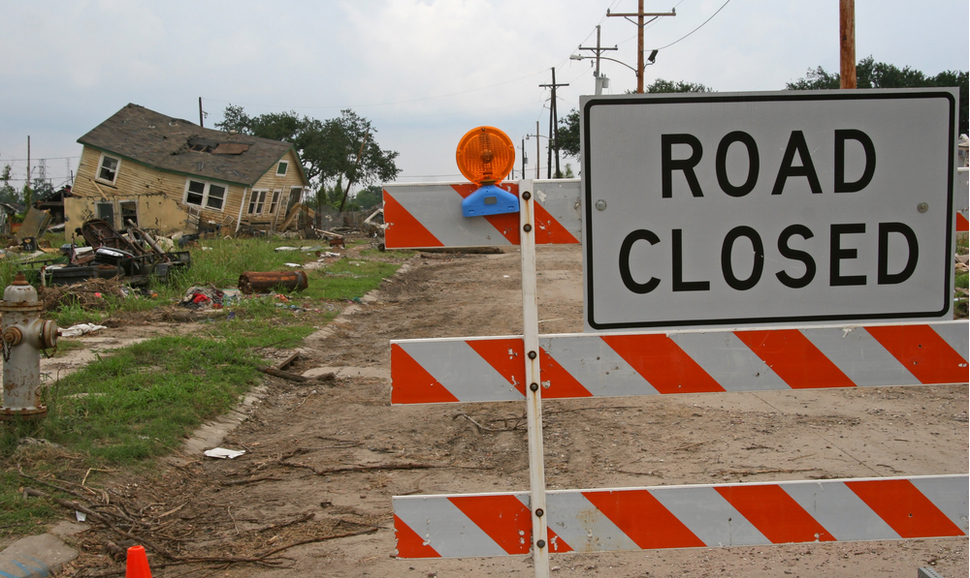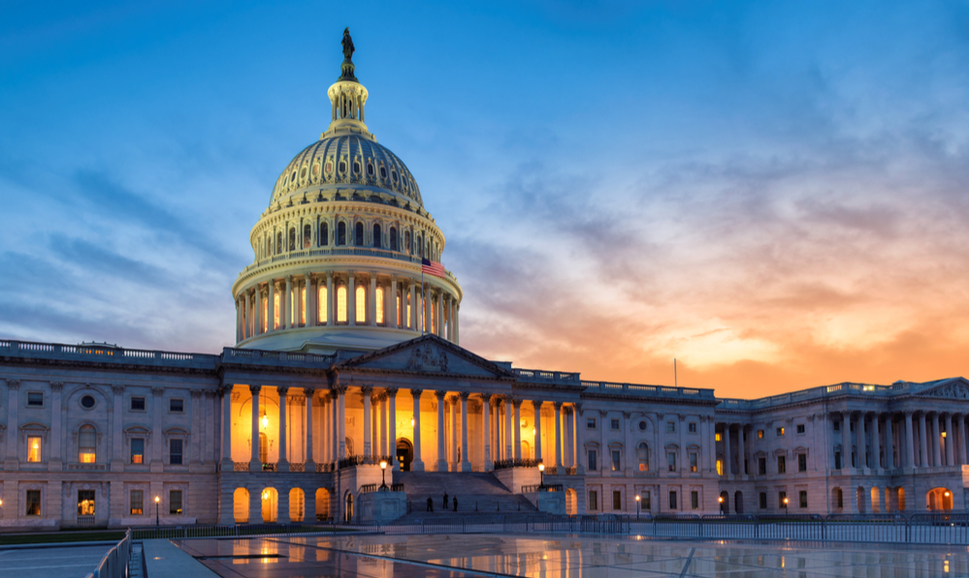This artist is turning off the tap on plastics
Ben Von Wong has partnered with over a dozen environmental nonprofits including WWF, Oceana Global and Greenpeace to offer concrete opportunities for action. Read More
How Adidas and ThredUp are prolonging the life of shoes and apparel
The shoemaker is accepting shoes, apparel and accessories from any brand, in any condition. Read More
Mars targets net zero for value chain by 2050
Its CEO calls for corporate net-zero goals that are 'fit for purpose' as the company ramps up science-based targets to cover its entire value chain. Read More
Disaster risk reduction is a group project
Neither government nor business “can do it all” when it comes to disaster risk reduction. Read More
Hog waste into biogas: Green solution or greenwashing?
North Carolina’s industrial-scale hog farms have long been a major source of pollution. Smithfield Foods plans to turn some hog waste into biogas, but critics say the project does nothing about the larger problem of waste being stored in lagoons and sprayed on fields. Read More
Top mining and metal companies commit to net zero by 2050 goal
In an open letter, the CEOs of the companies also outline plans to set targets for Scope 3 value chain emissions. Read More
Getting zero-carbon hot water into homes and industry
Heat pump water heaters use thermodynamics that is a more energy efficient way to heat houses, in industrial applications and many other uses. Read More
$350 billion of energy efficiency investments would save money, create jobs, protect the climate
Here are a few of the key possibilities pending before Congress. Read More
Nature-based solutions: One remedy for two ills
Sponsored: We must approach the climate crisis and biodiversity loss as the twin crises they are. Nature-based solutions have powerful potential to address both. Read More
What Gro Intelligence’s food security models can tell us about climate risk
Gro Intelligence is a useful platform for food and beverage companies to better understand the sustainability of the global food supply. But it also is being used by organizations trying to better understand broader climate risks. Read More









